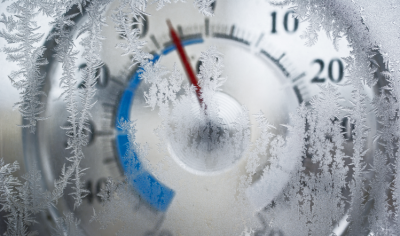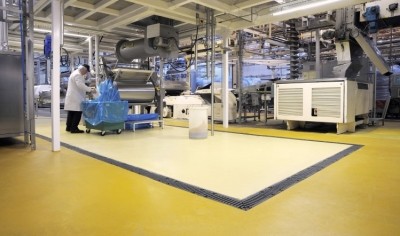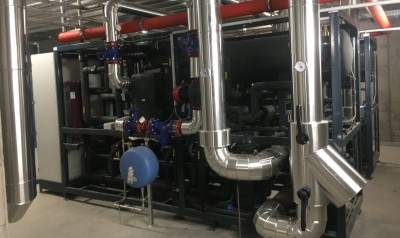opinion
Manage refrigeration to get better plant results

Providing the year-round storage conditions needed to meet production demands, refrigeration is responsible for up to 50% of a plant’s energy usage.
Reducing energy consumption is one way of cutting production costs, so for many plants, addressing this should be a priority. Improved efficiency also enhances the life expectancy of equipment, reducing the risks of unplanned downtime or interrupted production.
Optimisation
The first step to optimising a refrigeration plant’s energy is to conduct a complete factory assessment, including details on current operating conditions and collation of measurement and performance data. This can then be analysed to improve the overall output and energy usage of the plant.
Firstly, you need to ensure the refrigeration is cooling to the temperature needed and not exceeding the requirements. It is estimated that, for every 1°C saved, energy consumption is reduced by 2%.
Overloading mechanical components – for example the compressor – is a regular cause of temperature control system failure, often due to a process cooling system’s maximum temperature being specified as too low.
Saving energy
After the energy assessment is complete, look at where and how energy can be saved. Using variable speed drives (VSDs) and high efficiency motors on distribution pumps, fans and compressors is one of the most efficient ways to save energy.
Cooling towers are also an area where using direct-drive motors and VSDs to replace the traditional shaft and gearbox drivetrain can save energy, as well as reduce maintenance and even sound levels.
By taking steps to optimise a refrigeration plant’s processes, carbon emissions and utility costs will be reduced and a sustainable temperature across the facility will be maintained, reducing product waste as a result.















